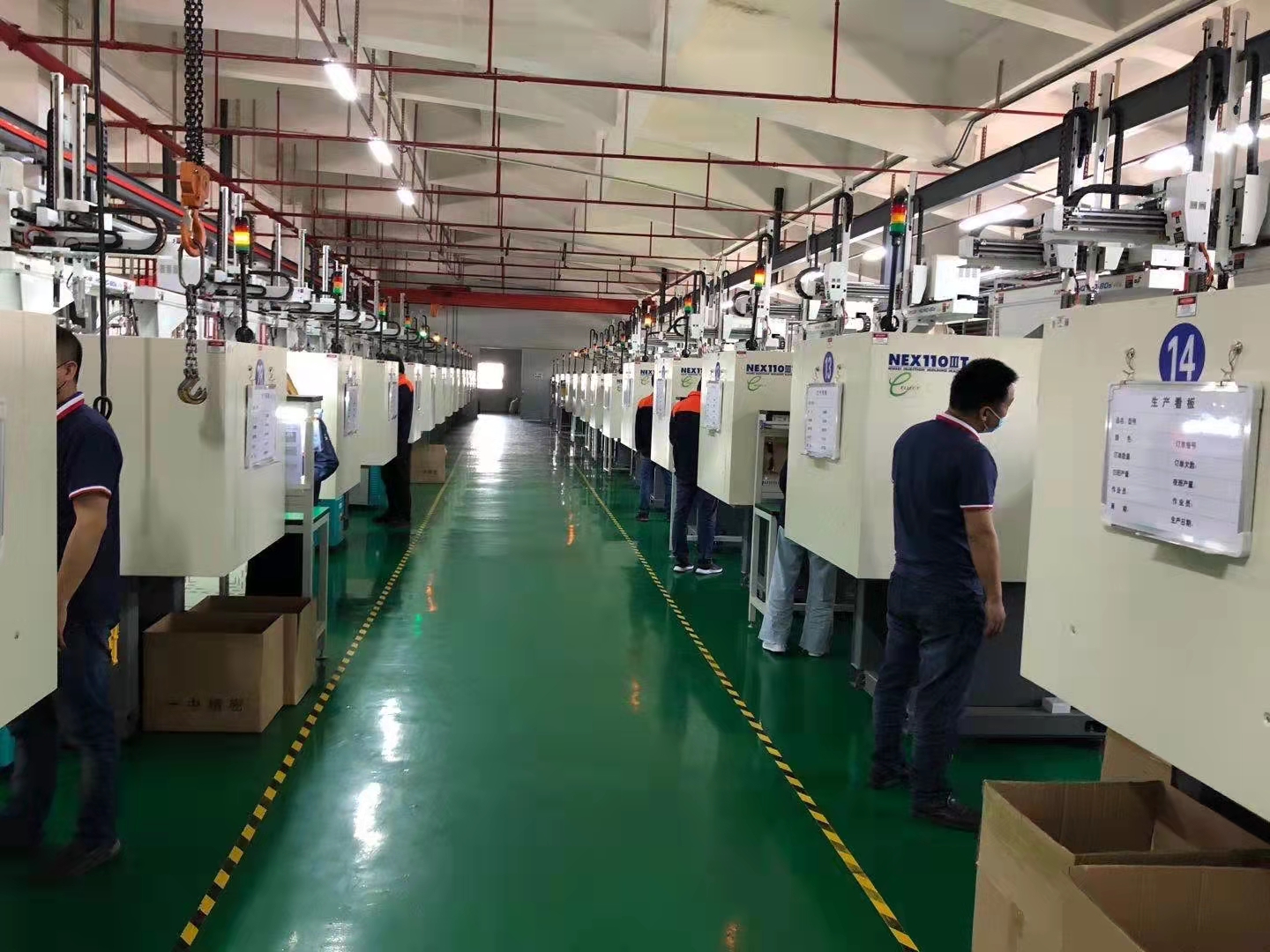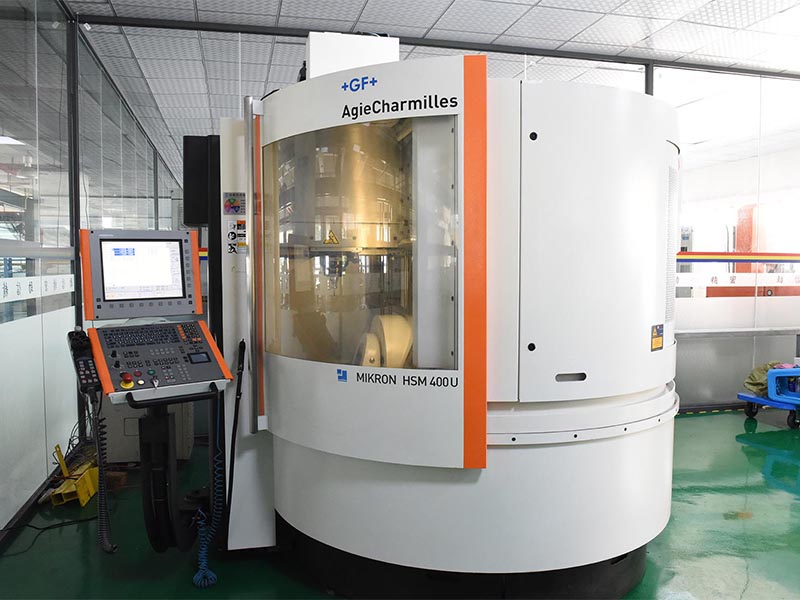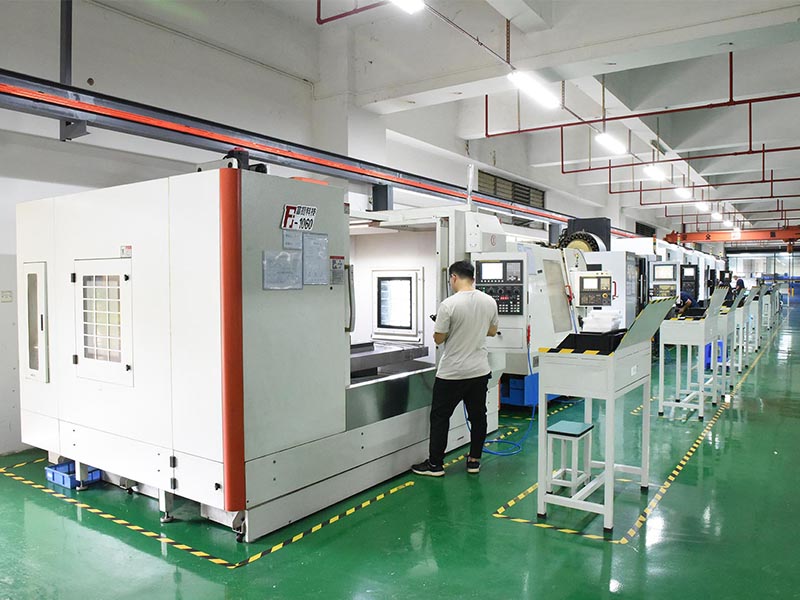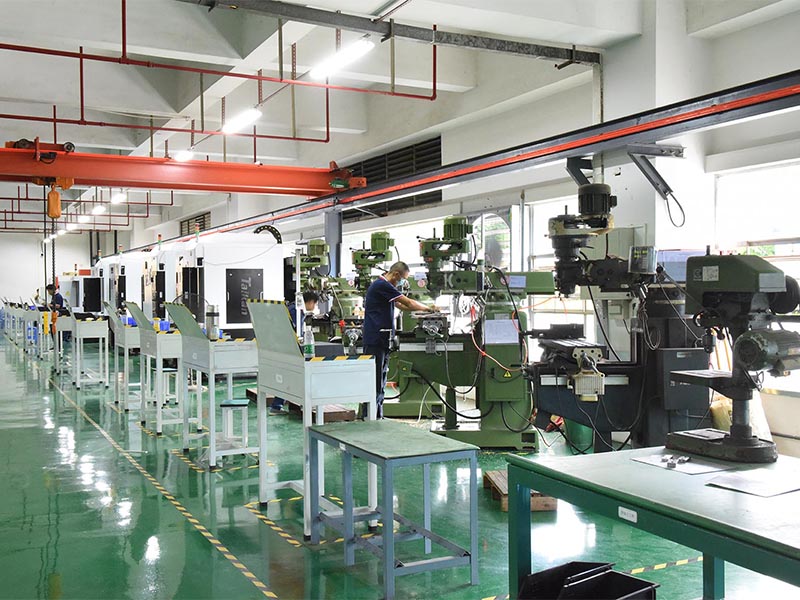Therefore, with the support of "Made in China 2025" and the industry 4.0 cyber-physical fusion system CPS, the discrete manufacturing industry needs to achieve networked production equipment, visualization of production data, paperless production documents, transparency of production processes, and unmanned production sites. The application of advanced technologies such as vertical, horizontal, and end-to-end integration to achieve high-quality, high-efficiency, low-consumption, clean, and flexible production, thereby establishing a smart factory based on industrial big data and the "Internet".
Production equipment is networked to realize the "Internet of Things" in the workshop.
The Industrial Internet of Things has provided a new breakthrough for "Made in China 2025" and Industry 4.0. The Internet of Things refers to the real-time collection of various required information such as any object or process that needs to be monitored, connected, and interacted through various information sensing equipment. Connect for easy identification, management and control. Traditional industrial production adopts the communication mode of M2M (Machine to Machine) to realize the communication between equipment and equipment, while the Internet of Things realizes the intelligent and interactive interaction between people, equipment and systems through the communication method of Things to Things, Sewing connection. In the workshops of discrete manufacturing companies, CNC turning, milling, planing, grinding, casting, forging, riveting, welding, and machining centers are the main production resources.

In the production process, all equipment and workstations are unified networked and managed, so that equipment and equipment, equipment and computers can communicate with each other, and equipment and workstation personnel are closely related.
After "Made in China 2025" was proposed, informatization and industrialization quickly merged, and information technology has penetrated into all links of the discrete manufacturing enterprise industrial chain, such as bar codes, QR codes, RFID, industrial sensors, industrial automatic control systems, industrial Internet of Things, ERP, CAD/CAM/CAE/CAI and other technologies are widely used in discrete manufacturing companies, especially the application of new generation information technologies such as the Internet, mobile Internet, and Internet of Things in the industrial field. Discrete manufacturing companies have also entered the new development of the Internet industry. At this stage, the data possessed is also becoming more abundant. The production lines of discrete manufacturing enterprises are operating at a high speed, and the amount of data generated, collected and processed by production equipment is far greater than that of computer and artificial data in the enterprise, and the requirements for real-time data are also higher.
At the production site, data is collected every few seconds. Using these data, many forms of analysis can be realized, including equipment operating rate, spindle operating rate, spindle load rate, operating rate, failure rate, productivity, and comprehensive equipment utilization (OEE). ), parts qualification rate, mass percentage, etc. First of all, in terms of production process improvement, using these big data in the production process can analyze the entire production process and understand how each link is executed. Once a certain process deviates from the standard process, an alarm signal will be generated, errors or bottlenecks can be found more quickly, and the problem can be solved more easily.
Constructing a green manufacturing system, building a green factory, and achieving clean production, waste recycling, and low-carbon energy are one of the important strategies for Made in China 2025 to achieve "manufacturing power" and "manufacturing power". At present, a large number of paper documents are generated in discrete manufacturing enterprises, such as process cards, part blueprints, three-dimensional digital models, tool lists, quality documents, numerical control programs, etc. Most of these paper documents are managed separately and are not convenient for quick search. Centralized sharing and real-time tracking, and it is easy to produce a large amount of paper waste, loss, etc.
After the paperless management of production documents, the staff can quickly query, browse, and download the required production information at the production site. The data generated during the production process can be archived and saved immediately, which greatly reduces the manual transmission and delivery of paper documents. Circulation, thereby preventing the loss of files and data, further improving the efficiency of production preparation and production operations, and realizing green and paperless production.
Transparency of the production process, the "nervous" system of the smart factory.
At the production site of discrete manufacturing enterprises, MES plays a huge role in realizing the automation, intelligence, and digitization of the production process. First of all, MES optimizes and manages the entire production process from order placement to product completion with the help of information transmission, reduces non-value-added activities within the enterprise, effectively guides the production operation process of the factory, and improves the company's ability to deliver in time. Secondly, MES provides basic information of production activities in the form of two-way interaction between the enterprise and the supply chain, so that planning, production, and resources are closely coordinated to ensure that decision makers and managers at all levels can master the production site in the shortest time. Make accurate judgments and formulate quick response measures to ensure that the production plan is reasonably and quickly revised, the production process is unobstructed, and resources are fully and effectively utilized, thereby maximizing production efficiency.
Unmanned production site, truly "unmanned" factory.
"Made in China 2025" promotes the widespread application of intelligent equipment such as industrial robots and robotic arms, making unmanned manufacturing in factories possible. At the production site of discrete manufacturing enterprises, CNC machining centers, intelligent robots, three-coordinate measuring instruments and all other flexible manufacturing units are automatically scheduled and dispatched. Workpieces, materials, and tools are automatically loaded and unloaded, which can achieve unattended and fully automated production. Mode (Lights Out MFG). In the case of uninterrupted unit automated production, management production tasks are prioritized and suspended, and the production status in the management unit can be viewed remotely. If a problem is encountered in production, once it is resolved, the automated production will be resumed immediately. The entire production process does not require manual involvement. Realize "unmanned" intelligent production.
In the United States, organizations that lead the alliance represented by intelligent manufacturing and the industrial Internet have also initiated and actively promoted the future of intelligent manufacturing. The goal is to promote intelligent advanced manufacturing and bring the manufacturing industry back to the United States.
In China, for many manufacturing companies that have just completed automation, smart manufacturing seems to be just a distant vision. However, it should be pointed out that some highly automated projects and bench marking companies have emerged, which will be a good start for achieving the goal of "Made in China 2025".
Sunbrihgt's factories are also working hard in these 5 directions and look forward to a qualitative leap and improvement in the near future!



--------------------------------------END------------------------------------------
Edit By Rebecca Wang

